#flower symbolism is like that often... so many cultures and religions and Ecosystems around the world
Explore tagged Tumblr posts
Text
flower symbolism break! the flowers seen by the window wei wuxian is playing outside of are azaleas, which can represent a multitude of things - here I'm going to take a wild guess and say that they're probably meant to symbolize the renewal of life and new beginnings, as well as the fact that in china specifically, they are known as the "thinking of home" bush
#azaleas are in tomorrows tarot card! with completely different symbolism!#flower symbolism is like that often... so many cultures and religions and Ecosystems around the world#one flower is bound to mean a bunch of different things#thank you for joining me on this flower break there will be more#ghost posts#text#wwx#cqltober lb
0 notes
Photo
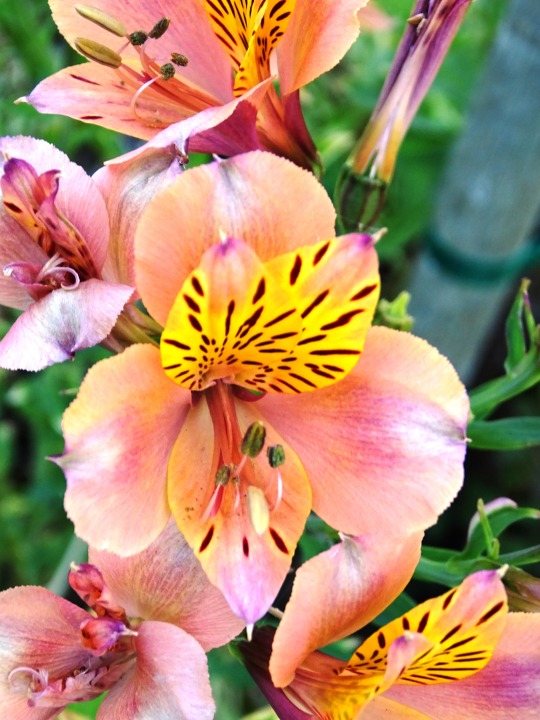
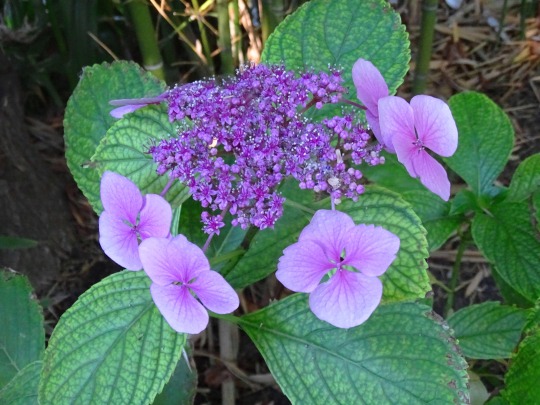
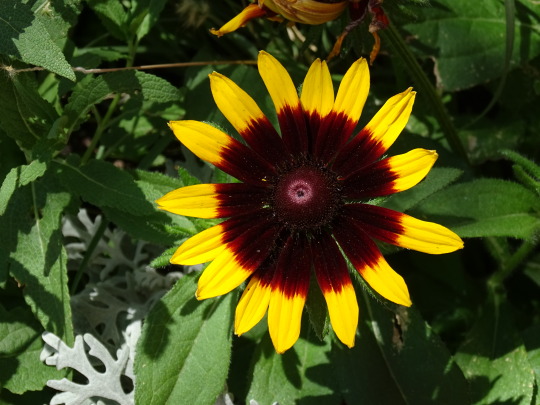
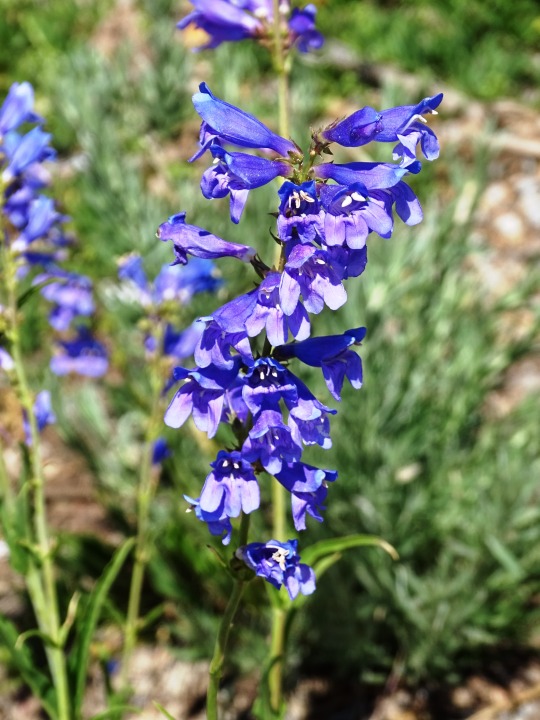
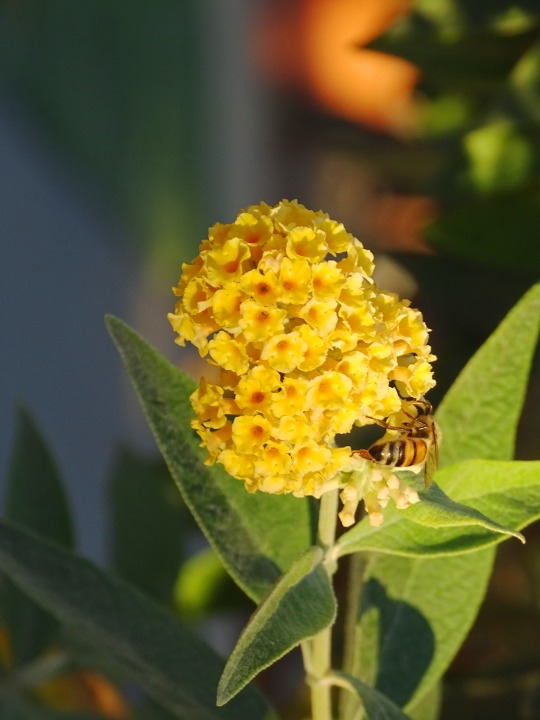
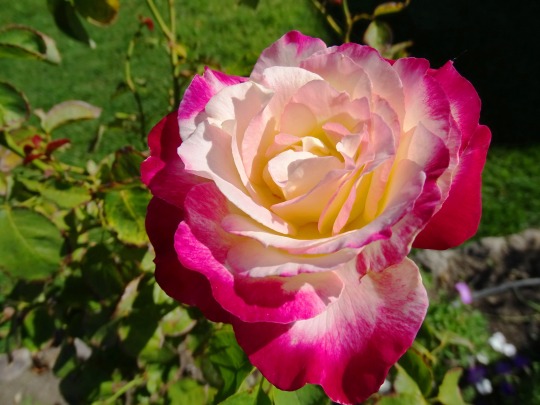



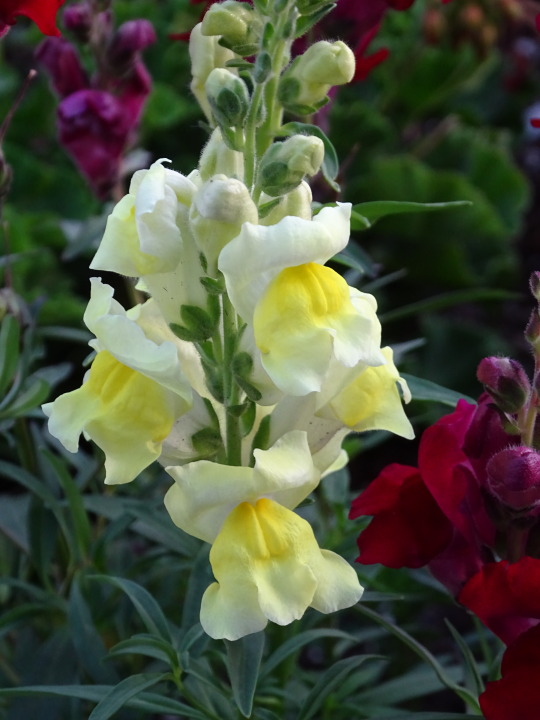
National Plant a Flower Day
Few things on the planet are more beautiful or fascinating than flowers – and with over 400,000 flowering plant species in the world, there’s definitely something out there for everyone!
From the simple daisy to the elegant rose, from the colorful wildflowers dotting hillsides to the elaborate and vibrant blooms of southeastern Asia, flowers have more than deserved their own day of celebration for their contributions to nature, culture, and life.
History of National Plant a Flower Day
Flowers have been around for at least 150 million years, with new and captivating species springing up all over the place during that time. And they have long been a staple in various cultures all around the world, serving numerous purposes over the millennia including decorative and medicinal ones.
As early as 2,500 BC, the Ancient Egyptians were using flowers to adorn tables and great halls, as well as show respect to both the living and the dead, with the remains of many kinds of flowers uncovered in the tombs of pharaohs, high priests and other wealthy citizens. Later, both the Ancient Greeks and Romans continued to use flowers for these same purposes and also began to use some of them as herbs. This tradition continues today through herbal teas, medicines and spices.
Throughout history, flowers have carried different symbolic meanings, including in various religions and mythologies. In Hinduism, the world’s oldest religion, the lotus flower is considered an important spiritual symbol, while roses have long been seen as a display of love and affection and poppies are used to commemorate soldiers who have died in war.
Flowers have also been an integral part of our traditions and rituals. Could you imagine a wedding reception without the bouquet toss or a Christmas without poinsettias? And what would poets and painters do without the flowers that have inspired them to create countless works of art such as Van Gogh’s sunflowers, Monet’s water lilies or Blake’s ‘Auguries of Innocence’?
These blossoming plants even have influence over the economy. In 17th century Holland during a period known as ‘tulip mania’, tulips were considered to be so valuable that they were worth more than gold and a mere ten bulbs could be used to purchase a whole house! And to this day the world’s most expensive spice is saffron, which is made using dried crocuses.
Perhaps most valuable of all, however, is the role that flowers play in the natural world. With their bright colors and enchanting scents, they not only brighten up the world around us but also attract and sustain pollinators such as bees, butterflies and birds, enticing them with sweet nectar and having their precious pollen distributed in return. And once they’ve reproduced, flowers bear sweet fruit that animals and humans alike can enjoy.
Flowers play a crucial role in sustaining ecosystems, producing food and enriching human life and culture. By celebrating National Plant a Flower Day you’ll be helping these bountiful blossoms to flourish.
Tops tips for planting flowers
When it comes to planting flowers, you’ll need to do your research as each species will have its own needs and preferences. Check out when and where it’s best to plant your flowers, the kind of soil they like and how often they’ll need watering. And once they’ve blossomed it will be important to tend to them, removing dead flowers and keeping them pruned.
Generally speaking, flowering plants like nutritious soil with good drainage, but wildflowers, for example, flourish best in poor quality earth. Some seeds and bulbs will need to be kept in a cool and dark place after planting to simulate winter, which encourages flowering further down the line. Another top tip is to tuck your plants in with a good layer of mulch, as shredded bark will hold onto moisture and save you some watering trips!
If you’re a first-time gardener, then flowers such as geraniums, sunflowers, daffodils and lavender are popular choices for beginners. It’s always worth looking for perennials as these types of flower will last for at least two years. And even if you don’t have a garden, you can still buy some plant pots for indoors.
How to celebrate National Plant a Flower Day
The best way to celebrate National Plant a Flower Day is to plant a flower, or perhaps even many flowers! Depending on where you’re located in the world and the kind of flowers you’ve chosen, March may or may not be the best time to be planting, but that doesn’t mean you can’t get a flowerpot and do it at home, or simply enjoy the blooms of previous labor!
If it’s the right time and conditions for planting, set a little bit of time aside on this day to sow some seeds or plant some bulbs in your yard or garden. You could even team up with your neighbors and start a community planting project such as a wildflower meadow, adding a splash of color to places that everyone in the area can enjoy.
If you have kids, this could also serve as the perfect time to take them outside and explain a bit about how nature works its magic, what helps plants grow, why we need them and what we can do to help protect our planet’s biodiversity. Instilling a sense of wonder for the world in your children will help them appreciate the planet and make them more aware of their surroundings – plus, what could be more fun than spending a sunny day outside with your favorite little people and planting lupins, poppies or fuchsias?
Even if you’re unable to plant a flower, there are still plenty of ways you can celebrate the day. Head over to your local garden center or a nearby florist to pick up some flowers that have already been grown for you! They may well have special offers on to mark the occasion so be sure to check those out as well.
Take a trip to a public garden and go for a stroll among the flower beds – they’ll likely have a whole range of plants on display, including those that don’t usually flourish in your country’s climate. Deliver a beautiful bouquet to a loved one or try your hand at some flower arranging – there are plenty of YouTube channels and flower arranging courses available to help get you started!
And even if your part of the world is cold and dreary this time of year, you can still enjoy a day of learning about nature and all it has to offer humankind. Like flowers themselves, National Plant a Flower Day was meant to be enjoyed.
Source
#Alstroemeria aurea#rose#lily#Rocky Mountain penstemon#Plumeless Thistle#Utah#Colorado#butterfly#flora#nature#original photography#blooming#Denver Daisy Coneflower#Snapdragon#West Indian Lantana#African daisies#garden#park#wildflowr#travel#vacation#summer 2022#USA#close up#National Plant a Flower Day#NationalPlantaFlowerDay#12 March#colors
4 notes
·
View notes
Photo

RELIGIOUS SOCIETIES AMONG THE HAUDENOSAUNEE (IROQUOIS)
This excerpt is from my post: ‘THE IROQUOIS CONFEDERACY: THE RED ROMANS AND THE RED COATS’.
For yet another Haudenosaunee (Iroquois) religious society, see an excerpt about: ‘THE FALSE FACE SOCIETY’. (the standing masked figure pictured above is an example)
BUSHY HEADS/HUSK FACE SOCIETY
The ‘Bushy-Heads’ are a religious society within the Haudenosaunee (Iroquois Confederacy: Mohawk, Seneca, Oneida, Onondaga and the Cayuga) which represented a group of spirits that focused on hunting and agriculture. The latter is represented by the fact that these masks were made of braided or woven corn husk. This is what granted them one of their other names, the ‘Husk Faces’. They were also seen as messengers of the agricultural ‘Three Sister Spirits’; corn, squash and beans. Their ceremonies involved water; they would sprinkle water on their patients in order to heal, cleanse and nourish them, again relating to agriculture. (example of this member is shown above, the crouching masked figure)
‘IDOS MEDICINE SOCIETY’
The ‘Idos Medicine Society’ was similar to the ‘Midewiwin Medicine Society’ of the Algonquin speaking Natives west of the Iroquois that I mentioned in another post [LINK]. This group however was not a single group but incorporated several different groups, an example being the ‘Company of Mystic Animals’. The origins of this society stems from a tale of the ‘Good Hunter’ that was killed by another person and was then revived by the animals of the forest.

^ Osprey – ‘Men-at-Arms’ series, issue 395 – Tribes of the Iroquois Confederacy by Michael G. Johnson and Jonathan Smith (Illustrator).
The ‘Company of Mystic Animals’ had a variety of different mask variants, many of which were in the form of animals, they performed rituals to maintain the balance between man, nature and animals by performing specific dances meant to keep them happy. During their rituals they would carry and toss red-hot stones and use corn-husk dolls to mimic dancing. Wearing masks without eye-holes, they were able to dance around the Longhouse and pick up objects previously hidden by members. During ceremonies if someone (usually new members) would laugh and mock the dancer as they doubted their abilities. The dancer, while virtually blindfolded, would cut the strings of the skirt of the offender’s doll. Being that the masks lacked eye-holes they wouldn’t notice this till later as the other members begin laughing because the offender’s skirt or pants were also mysteriously cut, leaving them exposed.
‘SOCIETY OF THE LITTLE PEOPLE’
The members of these masked societies were lured there either by dreams that they believed showed them their destiny or by way of a seer that saw it in them. Not all of these groups wore masks though, one of these was a group known as the ‘Society of the Little People’. Being that the members were known to sing and dance in dimly lit areas and at night, they were also referred to as ‘Dark Dancers’.
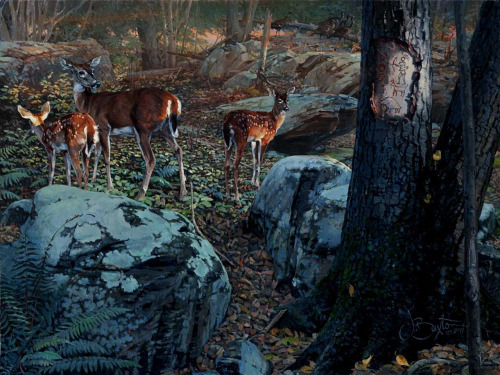
^ Land of the Iroquois by John Buxton.
The Jogäoh or ‘Little People’ were small nature spirits that are usually invisible to us, only revealing themselves to us when they wish to – usually to children, the elderly and medicine men. Those that treated their homelands with respect and left them offerings of tobacco would aid farmers with their crops and protect man from dangerous and often unseen monsters or spirits. There are various types of these powerful spirits, each defending those who cared for them or their environment while harming those that endangered their ecosystem, either directly or indirectly (by not protecting you from monsters and spirits).
The Gandayah were spirits that protected vegetation from pests and sickness, and are especially associated with strawberries. There was a spring festival known as the Strawberry Ceremony (Middle of May) in which these spirits were thanked for providing them with strawberries, there would be dancing and music which these spirits would join in, thought unseen, they were heard. They were also known as messengers since they would take on the form of certain living creatures and visit man bringing warnings; robins were a sign of good fortune, owls warned the opposite while bats represented a life-and-death struggle.
The Gehonga dwelled in and around caves, rivers, streams and rocks; they were known for their strength and competitive nature, loving contests and sports. The third type were the Ohdowas who dwelled underground and are similar to the European myths of fairy rings or elf circles as they would arise at night and dance around leaving rings where vegetation would no longer grow (Elves in Germanic mythology, though some tales speak of them leaving a ring of flowers) or leaving a ring of mushrooms (fairies in Celtic mythology). Another similar feature is that if someone watches them dance or spends time with them, time passes either very rapidly (hours into years) or very slowly (days where time never passes). The underworld they dwelled in was believed to have been a forest inhabited with wildlife.
If there are any errors please privately inbox me so I can update it. As always, if you’d like to read or learn about any specific historical subjects just let me know what they are and I will take note of them.
SEE ALSO:
THE COUNCIL OF THREE FIRES AND THE PONTIAC-GUYASUTA UPRISING – This post covers some of the history, culture and religion of the Native American inhabitants of the Great Lakes region of North America, focusing on the Pontiac-Guyasuta Uprising and the Council of Three Fires (the Ottawa, Ojibwe and the Potawatomi); the peace-pipe, the Delaware prophets, Rogers’ Rangers, the sport that inspired lacrosse, and some Native battle tactics.
THE IROQUOIS CONFEDERACY: THE “SAVAGE” EMPIRE – The origins of the Iroquois Confederacy, the early wars they were involved in, the effects that disease epidemics incurred upon them, the Iroquoian cultural use of torture, scalping, and cannibalism, the tomahawk and its symbolism (bury the hatchet), as well as the taking of captives during mourning wars and adopting them in order to replace lost tribal members.
THE IROQUOIS CONFEDERACY: THE RED ROMANS AND THE RED COATS – This post covers the religious beliefs of the Iroquois Confederacy, their origin story, their belief in duality (like yin and yang), their secretive and mysterious masked societies, and their involvement in the conflicts between their two great colonial neighbors (New France and the New England) like the famed French and Indian War. I’ll also speak of their involvement in the American Revolutionary War as well as the famed Joseph Brant, a Freemason Mohawk leader who swayed most of the Iroquois Confederates into siding with the British. It is believed that without the aid of the Iroquois Confederacy, North America would now be speaking French instead of English and that France would’ve held a massive portion of the eastern half of North America, leaving a massive battlefield for the French and Spanish to battle over.
136 notes
·
View notes
Text

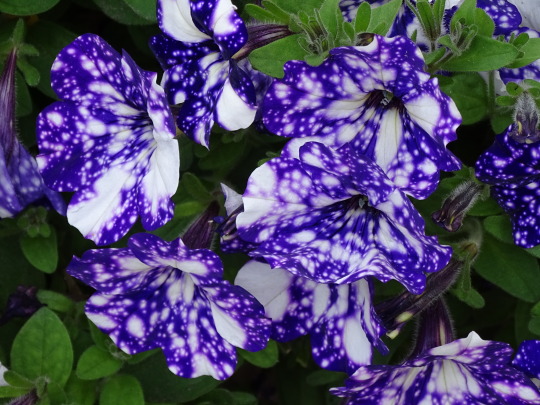
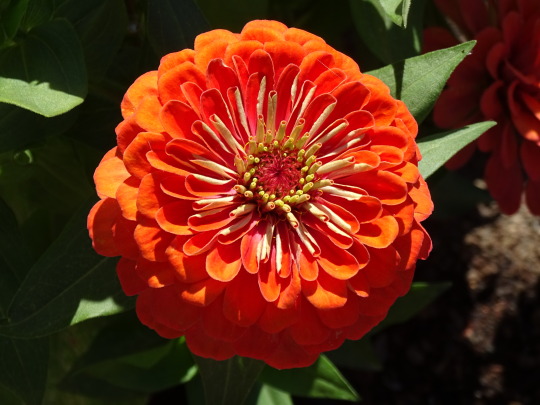
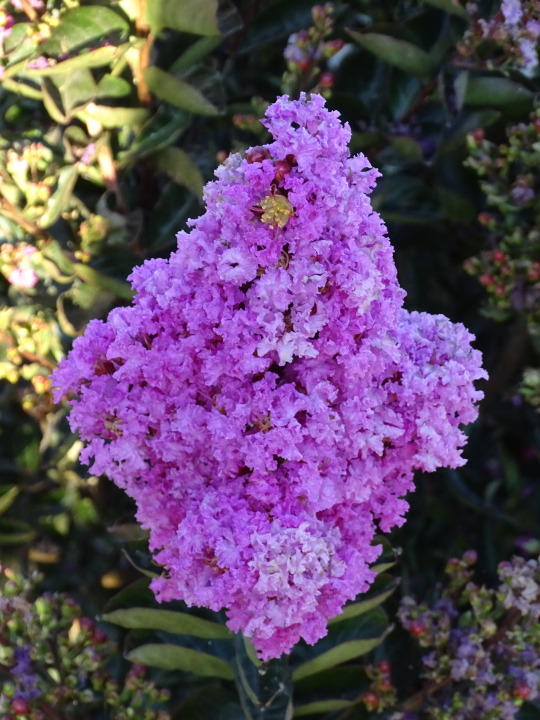
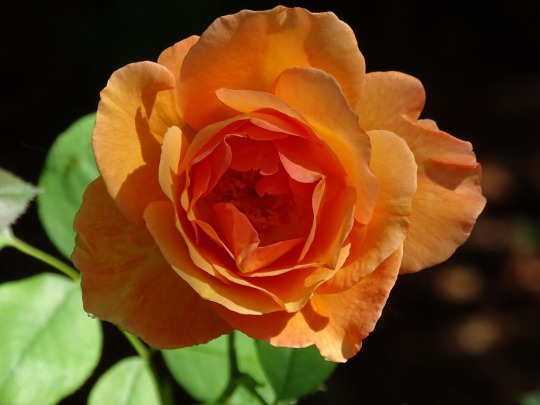
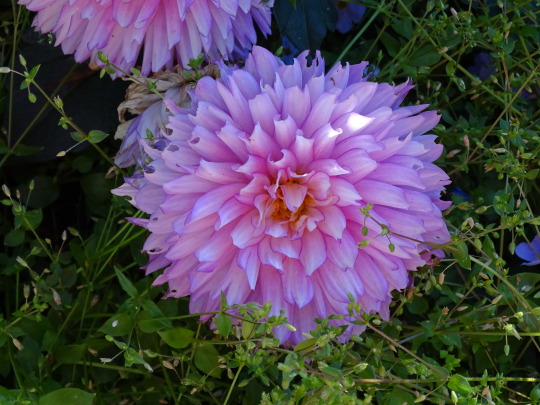
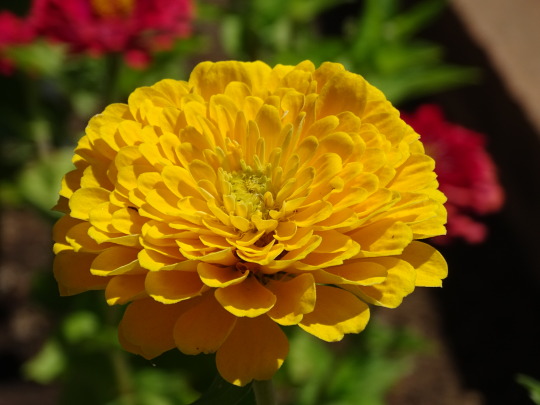
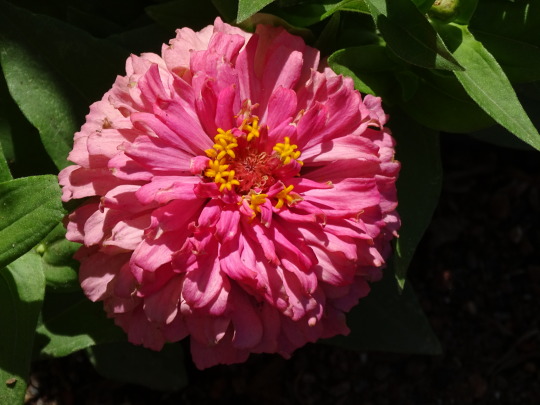
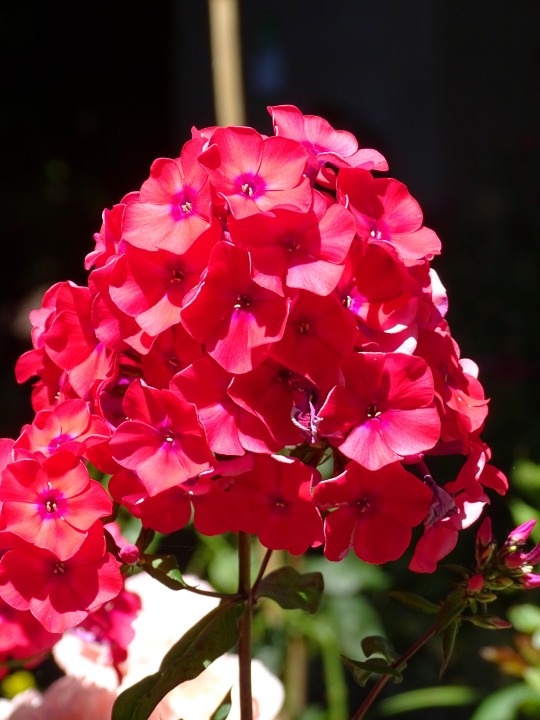
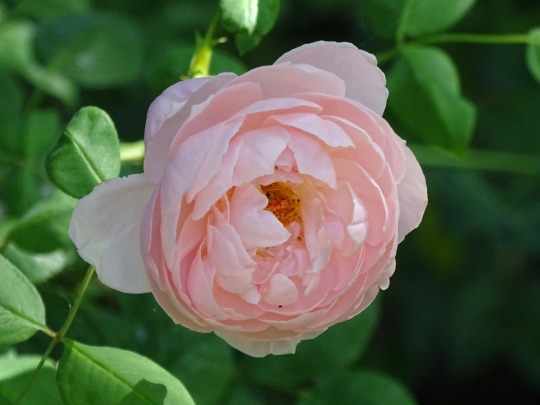
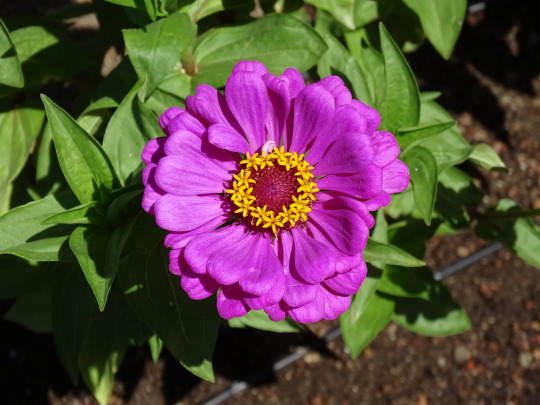
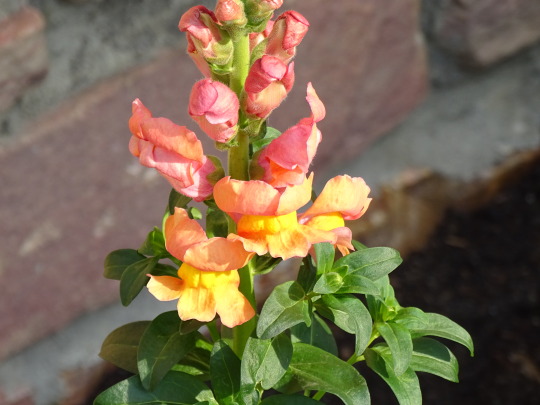
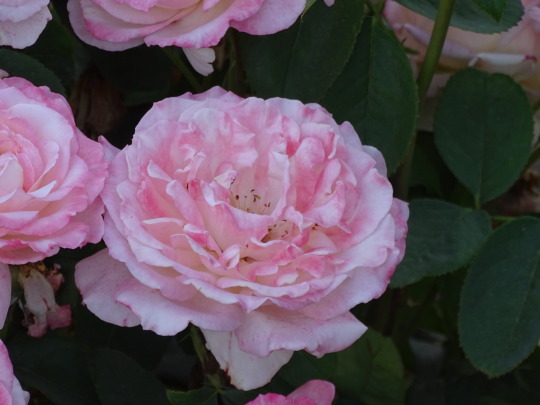

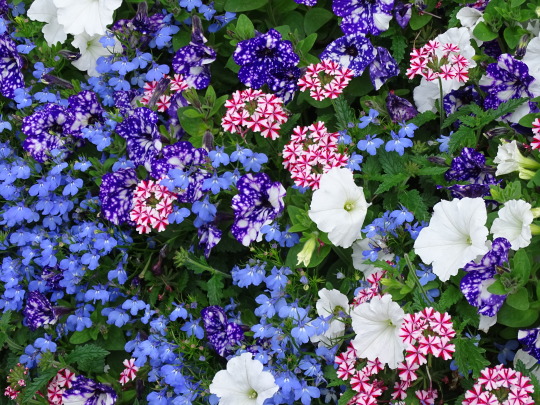
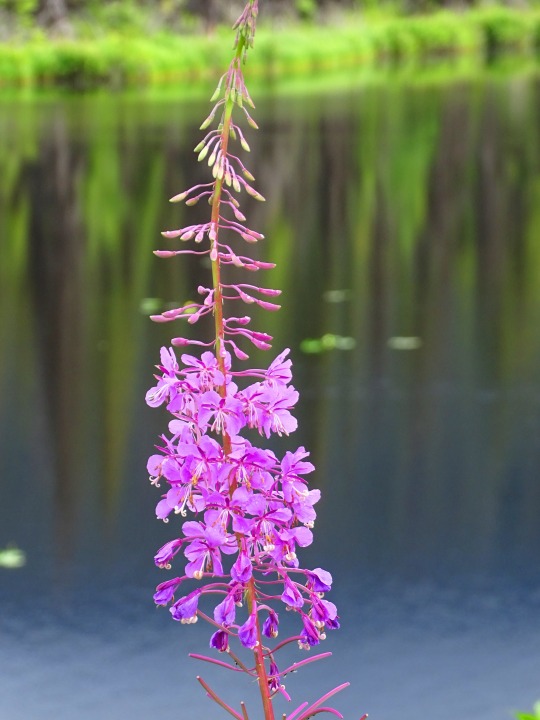
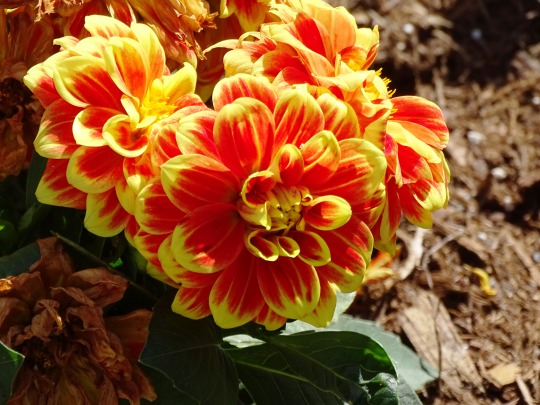
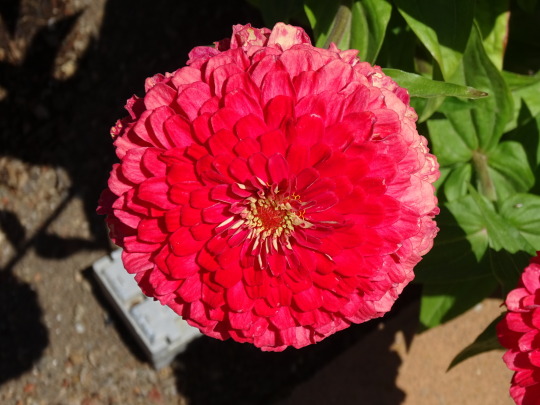
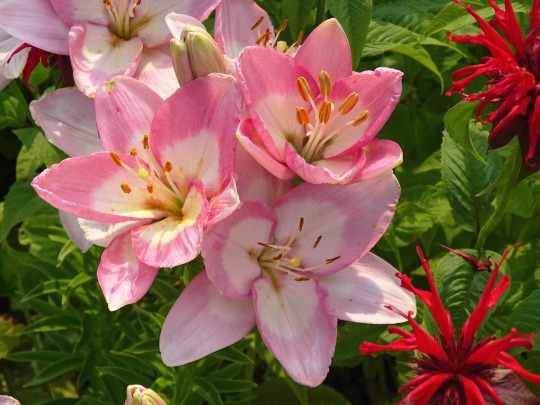



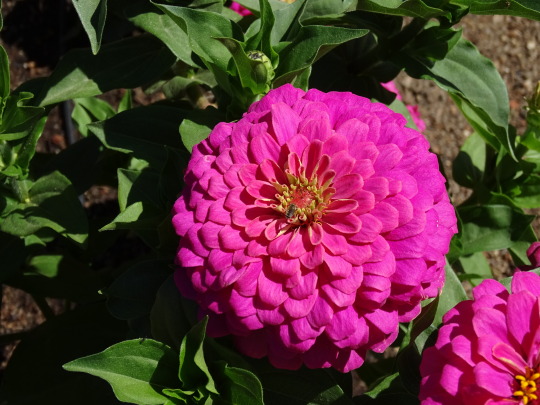
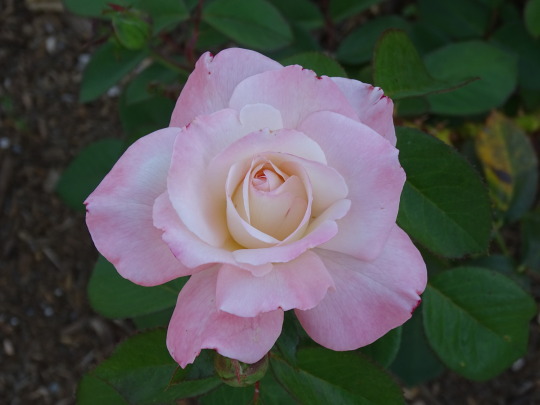
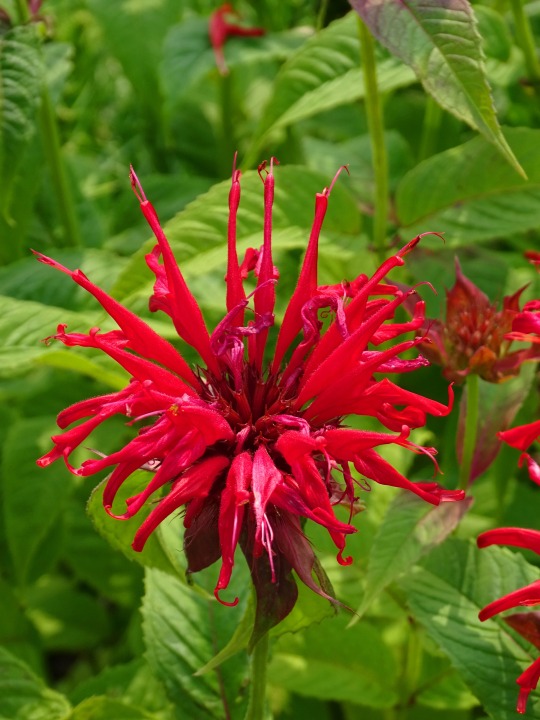
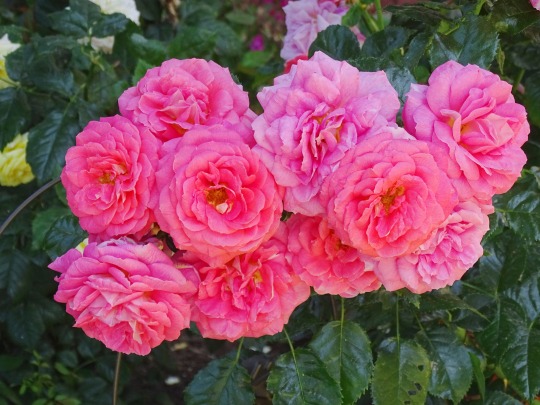
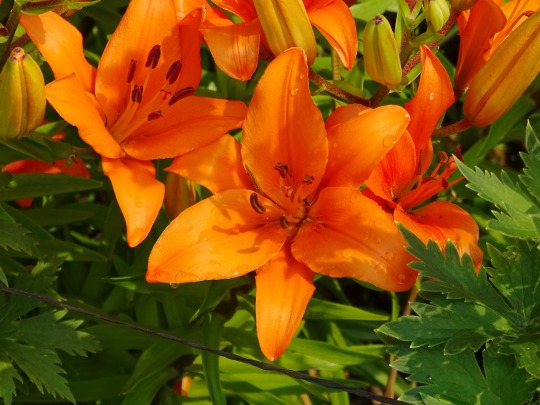
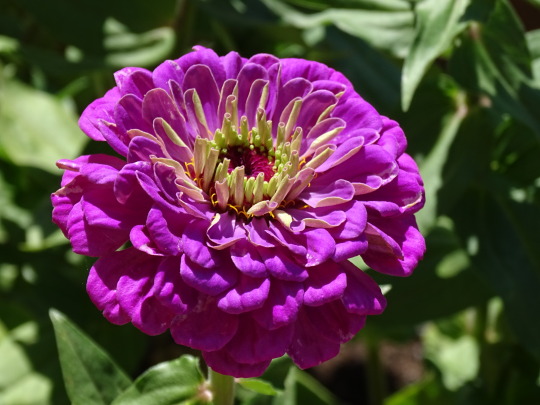
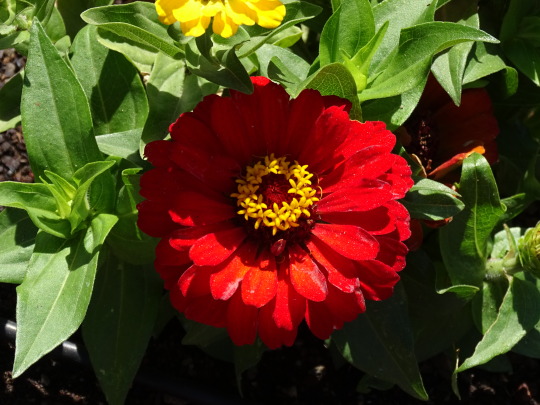

National Plant a Flower Day
Brighten up your garden with a kaleidoscope of colors and sweet fragrances. Put your green thumb to the test and bring nature to life!
Few things on the planet are more beautiful or fascinating than flowers – and with over 400,000 flowering plant species in the world, there’s definitely something out there for everyone!
From the simple daisy to the elegant rose, from the colorful wildflowers dotting hillsides to the elaborate and vibrant blooms of southeastern Asia, flowers have more than deserved their own day of celebration for their contributions to nature, culture, and life.
History of National Plant a Flower Day
Flowers have been around for at least 150 million years, with new and captivating species springing up all over the place during that time. And they have long been a staple in various cultures all around the world, serving numerous purposes over the millennia including decorative and medicinal ones.
As early as 2,500 BC, the Ancient Egyptians were using flowers to adorn tables and great halls, as well as show respect to both the living and the dead, with the remains of many kinds of flowers uncovered in the tombs of pharaohs, high priests and other wealthy citizens. Later, both the Ancient Greeks and Romans continued to use flowers for these same purposes and also began to use some of them as herbs. This tradition continues today through herbal teas, medicines and spices.
Throughout history, flowers have carried different symbolic meanings, including in various religions and mythologies. In Hinduism, the world’s oldest religion, the lotus flower is considered an important spiritual symbol, while roses have long been seen as a display of love and affection and poppies are used to commemorate soldiers who have died in war.
Flowers have also been an integral part of our traditions and rituals. Could you imagine a wedding reception without the bouquet toss or a Christmas without poinsettias? And what would poets and painters do without the flowers that have inspired them to create countless works of art such as Van Gogh’s sunflowers, Monet’s water lilies or Blake’s ‘Auguries of Innocence’?
These blossoming plants even have influence over the economy. In 17th century Holland during a period known as ‘tulip mania’, tulips were considered to be so valuable that they were worth more than gold and a mere ten bulbs could be used to purchase a whole house! And to this day the world’s most expensive spice is saffron, which is made using dried crocuses.
Perhaps most valuable of all, however, is the role that flowers play in the natural world. With their bright colors and enchanting scents, they not only brighten up the world around us but also attract and sustain pollinators such as bees, butterflies and birds, enticing them with sweet nectar and having their precious pollen distributed in return. And once they’ve reproduced, flowers bear sweet fruit that animals and humans alike can enjoy.
Flowers play a crucial role in sustaining ecosystems, producing food and enriching human life and culture. By celebrating National Plant a Flower Day you’ll be helping these bountiful blossoms to flourish.
Tops tips for planting flowers
When it comes to planting flowers, you’ll need to do your research as each species will have its own needs and preferences. Check out when and where it’s best to plant your flowers, the kind of soil they like and how often they’ll need watering. And once they’ve blossomed it will be important to tend to them, removing dead flowers and keeping them pruned.
Generally speaking, flowering plants like nutritious soil with good drainage, but wildflowers, for example, flourish best in poor quality earth. Some seeds and bulbs will need to be kept in a cool and dark place after planting to simulate winter, which encourages flowering further down the line. Another top tip is to tuck your plants in with a good layer of mulch, as shredded bark will hold onto moisture and save you some watering trips!
If you’re a first-time gardener, then flowers such as geraniums, sunflowers, daffodils and lavender are popular choices for beginners. It’s always worth looking for perennials as these types of flower will last for at least two years. And even if you don’t have a garden, you can still buy some plant pots for indoors.
How to celebrate National Plant a Flower Day
The best way to celebrate National Plant a Flower Day is to plant a flower, or perhaps even many flowers! Depending on where you’re located in the world and the kind of flowers you’ve chosen, March may or may not be the best time to be planting, but that doesn’t mean you can’t get a flowerpot and do it at home, or simply enjoy the blooms of previous labor!
If it’s the right time and conditions for planting, set a little bit of time aside on this day to sow some seeds or plant some bulbs in your yard or garden. You could even team up with your neighbors and start a community planting project such as a wildflower meadow, adding a splash of color to places that everyone in the area can enjoy.
If you have kids, this could also serve as the perfect time to take them outside and explain a bit about how nature works its magic, what helps plants grow, why we need them and what we can do to help protect our planet’s biodiversity. Instilling a sense of wonder for the world in your children will help them appreciate the planet and make them more aware of their surroundings – plus, what could be more fun than spending a sunny day outside with your favorite little people and planting lupins, poppies or fuchsias?
Even if you’re unable to plant a flower, there are still plenty of ways you can celebrate the day. Head over to your local garden center or a nearby florist to pick up some flowers that have already been grown for you! They may well have special offers on to mark the occasion so be sure to check those out as well.
Take a trip to a public garden and go for a stroll among the flower beds – they’ll likely have a whole range of plants on display, including those that don’t usually flourish in your country’s climate. Deliver a beautiful bouquet to a loved one or try your hand at some flower arranging – there are plenty of YouTube channels and flower arranging courses available to help get you started!
And even if your part of the world is cold and dreary this time of year, you can still enjoy a day of learning about nature and all it has to offer humankind. Like flowers themselves, National Plant a Flower Day was meant to be enjoyed.
Source
#Petunia Night Sky#NationalPlantaFlowerDay#National Plant a Flower Day#12 March#Skagway#Jasper#Vancouver#Napa Valley#California#British Columbia#Houston#Alberta#Alaska#flora#blooming#nature#USA#Canada#travel#original photography#vacation#landmark#cityscape#summer 2023#rose#zinnia#dhalia#lily#colors
0 notes
Photo










National Plant a Flower Day
Few things on the planet are more beautiful or fascinating than flowers – and with over 400,000 flowering plant species in the world, there’s definitely something out there for everyone!
From the simple daisy to the elegant rose, from the colorful wildflowers dotting hillsides to the elaborate and vibrant blooms of southeastern Asia, flowers have more than deserved their own day of celebration for their contributions to nature, culture, and life.
History of National Plant a Flower Day
Flowers have been around for at least 150 million years, with new and captivating species springing up all over the place during that time. And they have long been a staple in various cultures all around the world, serving numerous purposes over the millennia including decorative and medicinal ones.
As early as 2,500 BC, the Ancient Egyptians were using flowers to adorn tables and great halls, as well as show respect to both the living and the dead, with the remains of many kinds of flowers uncovered in the tombs of pharaohs, high priests and other wealthy citizens. Later, both the Ancient Greeks and Romans continued to use flowers for these same purposes and also began to use some of them as herbs. This tradition continues today through herbal teas, medicines and spices.
Throughout history, flowers have carried different symbolic meanings, including in various religions and mythologies. In Hinduism, the world’s oldest religion, the lotus flower is considered an important spiritual symbol, while roses have long been seen as a display of love and affection and poppies are used to commemorate soldiers who have died in war.
Flowers have also been an integral part of our traditions and rituals. Could you imagine a wedding reception without the bouquet toss or a Christmas without poinsettias? And what would poets and painters do without the flowers that have inspired them to create countless works of art such as Van Gogh’s sunflowers, Monet’s water lilies or Blake’s ‘Auguries of Innocence’?
These blossoming plants even have influence over the economy. In 17th century Holland during a period known as ‘tulip mania’, tulips were considered to be so valuable that they were worth more than gold and a mere ten bulbs could be used to purchase a whole house! And to this day the world’s most expensive spice is saffron, which is made using dried crocuses.
Perhaps most valuable of all, however, is the role that flowers play in the natural world. With their bright colors and enchanting scents, they not only brighten up the world around us but also attract and sustain pollinators such as bees, butterflies and birds, enticing them with sweet nectar and having their precious pollen distributed in return. And once they’ve reproduced, flowers bear sweet fruit that animals and humans alike can enjoy.
Flowers play a crucial role in sustaining ecosystems, producing food and enriching human life and culture. By celebrating National Plant a Flower Day you’ll be helping these bountiful blossoms to flourish.
Tops tips for planting flowers
When it comes to planting flowers, you’ll need to do your research as each species will have its own needs and preferences. Check out when and where it’s best to plant your flowers, the kind of soil they like and how often they’ll need watering. And once they’ve blossomed it will be important to tend to them, removing dead flowers and keeping them pruned.
Generally speaking, flowering plants like nutritious soil with good drainage, but wildflowers, for example, flourish best in poor quality earth. Some seeds and bulbs will need to be kept in a cool and dark place after planting to simulate winter, which encourages flowering further down the line. Another top tip is to tuck your plants in with a good layer of mulch, as shredded bark will hold onto moisture and save you some watering trips!
If you’re a first-time gardener, then flowers such as geraniums, sunflowers, daffodils and lavender are popular choices for beginners. It’s always worth looking for perennials as these types of flower will last for at least two years. And even if you don’t have a garden, you can still buy some plant pots for indoors.
How to celebrate National Plant a Flower Day
The best way to celebrate National Plant a Flower Day is to plant a flower, or perhaps even many flowers! Depending on where you’re located in the world and the kind of flowers you’ve chosen, March may or may not be the best time to be planting, but that doesn’t mean you can’t get a flowerpot and do it at home, or simply enjoy the blooms of previous labor!
If it’s the right time and conditions for planting, set a little bit of time aside on this day to sow some seeds or plant some bulbs in your yard or garden. You could even team up with your neighbors and start a community planting project such as a wildflower meadow, adding a splash of color to places that everyone in the area can enjoy.
If you have kids, this could also serve as the perfect time to take them outside and explain a bit about how nature works its magic, what helps plants grow, why we need them and what we can do to help protect our planet’s biodiversity. Instilling a sense of wonder for the world in your children will help them appreciate the planet and make them more aware of their surroundings – plus, what could be more fun than spending a sunny day outside with your favorite little people and planting lupins, poppies or fuchsias?
Even if you’re unable to plant a flower, there are still plenty of ways you can celebrate the day. Head over to your local garden center or a nearby florist to pick up some flowers that have already been grown for you! They may well have special offers on to mark the occasion so be sure to check those out as well.
Take a trip to a public garden and go for a stroll among the flower beds – they’ll likely have a whole range of plants on display, including those that don’t usually flourish in your country’s climate. Deliver a beautiful bouquet to a loved one or try your hand at some flower arranging – there are plenty of YouTube channels and flower arranging courses available to help get you started!
And even if your part of the world is cold and dreary this time of year, you can still enjoy a day of learning about nature and all it has to offer humankind. Like flowers themselves, National Plant a Flower Day was meant to be enjoyed.
Source
#National Plant a Flower Day#NationalPlantAFlowerDay#12 March#blooming#flora#nature#hibiscus#summer 2021#original photography#Spain#travel#España#Marina d'Or Garden#Oropesa del Mar#rose#Mojácar Pueblo#Yucca#Albufeira#Portugal#beach moonflower#colors#Viveiro#architecture#cityscape#tourist attraction#landmark#lantern#Southern Europe
0 notes